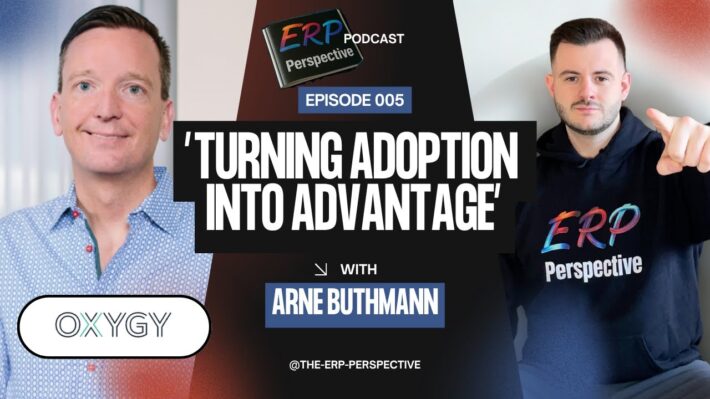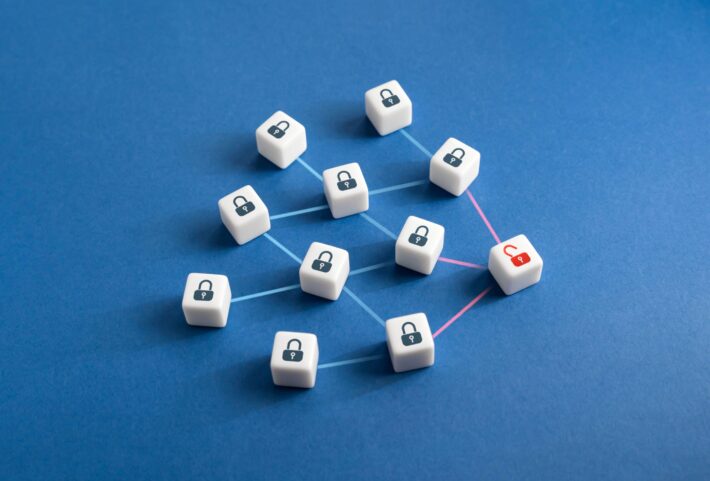What is challenging about leading Remote Teams?
- The lack of direct personal contact, which is very motivating for many people
- The lack of visibility: It is even more difficult to SEE what is happening and what the progress is, and intervene, guide, support, etc.
- The risk of distraction by non-work-related activities
Is this a new challenge?
No, of course not! Many teams have been working remotely for ages, in sales, maintenance, transport and many other industries. Nevertheless, in the current COVID-19 situation it is now the new challenge for many more people and teams. How to address the challenges?
Many working techniques and habits that have been proven to support agile ways of working are a real must for remote teams. If people see each other all the time, meet and exchange frequently a Leader can react and improvise easily. If you see that somebody does not know what to do, you can easily check-in with that person and give guidance, motivation or whatever is possible. If you see that the output is not what you are looking for, you can intervene face-to-face and provide feedback. Working remotely, a Leader has no chance to SEE what is happening and need to create a structure around this, the same that we use for driving agility.
Why Agility?
Many people mix Agility with Improvisation. However, our experience is, that only a well-structured and founded work environment will enable teams to be truly agile. Agility needs empowerment and flexibility, but within a clear framework. Sprints that are driven by clearly defined goals and outcomes are one example, providing focus and motivation. Solutions that enable frequent and powerful feedback to ensure rapid adjustments are another.
So what can we learn from Agility for managing remotely?
Here are some important elements to start with:
- Clearly defined goals and objectives, so everybody knows where we want to go and what we want to achieve. People who know where to go will find the right paths much more easily, even by themselves.
- Cleary visible milestones so everybody sees how she/he and the team is progressing.
- These can be established using transparent progress KPIs, that are visual and show what we want to achieve
- Or, if we do not have KPIs, like e.g. in project work, you can define sprints of tasks to be completed during the next hour, day, week or month.
- Frequent and regular checkup meetings. This can be hourly, twice a day, daily weekly, whatever is appropriate for the type of work. Generally, the more frequent, the better. Having visual graphs with results in Excel and discuss them over a video conferencing solution will do the job at the beginning. Already a conference call via phone is a good start.
- Reward good results and provide constructive but clear comments for insufficient results. It should be fun to be successful and lack of results should not be left without notice.
- Keep an action log and follow up on it.
What else is important?
- Goals and objectives should be frequently reviewed and adapted. The success of OKR (Objectives + Key Results, an important structure behind Google’s success) relies on the fact that goals are not agreed annually but much more frequently.
- When implementing Visual Performance Management, we have seen that for many leaders this sounds deceivingly simple at the start, but it is very difficult to sustain. Don’t skip the rhythm after 2 weeks but keep going. This needs a lot of effort.
- All elements, especially the visual representation of KPIs will evolve. Be ready to change it all the time at the beginning, to improve with every meeting.
- Don’t forget the fun factor. Many teams have fun together and if suddenly working remotely, we need to find a way to have fun together. Gamification and visualization of discussions can help here.
For more information, how we help leaders set-up remote teams and help them get started, contact one of our colleagues or myself at friedemann.lutz@oxygyconsulting.com.






